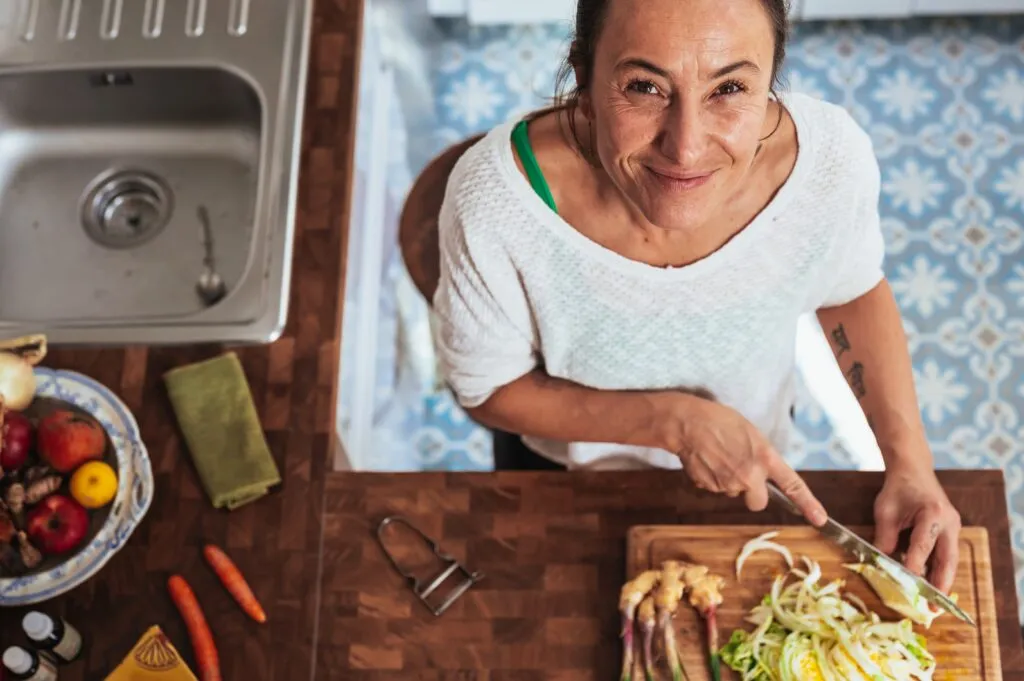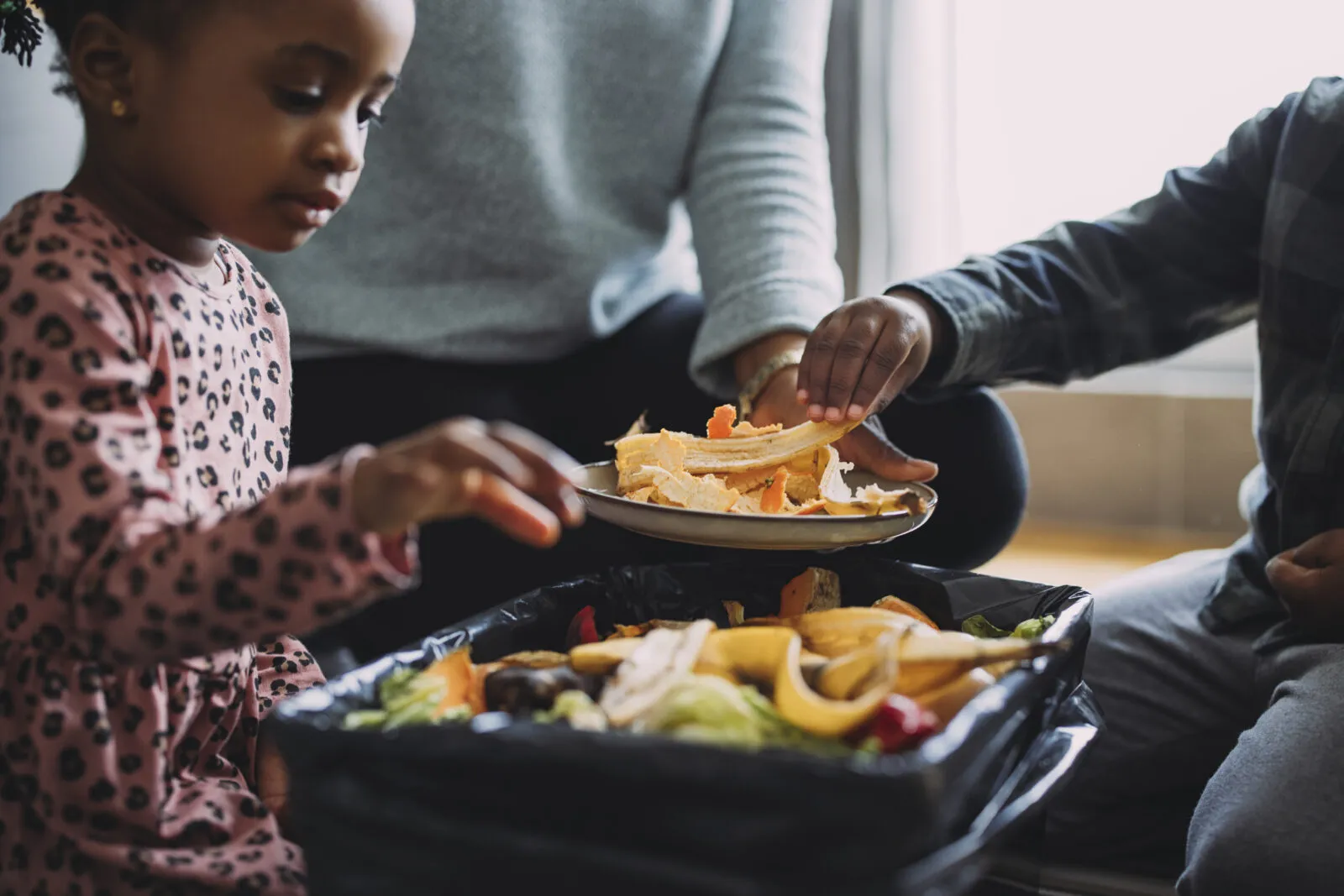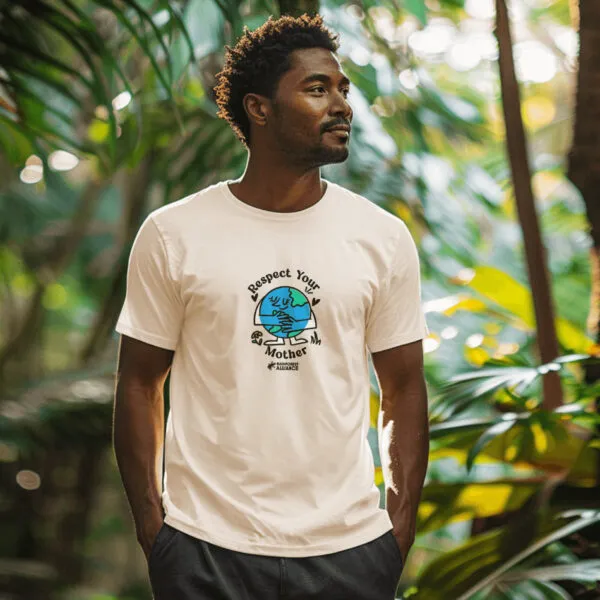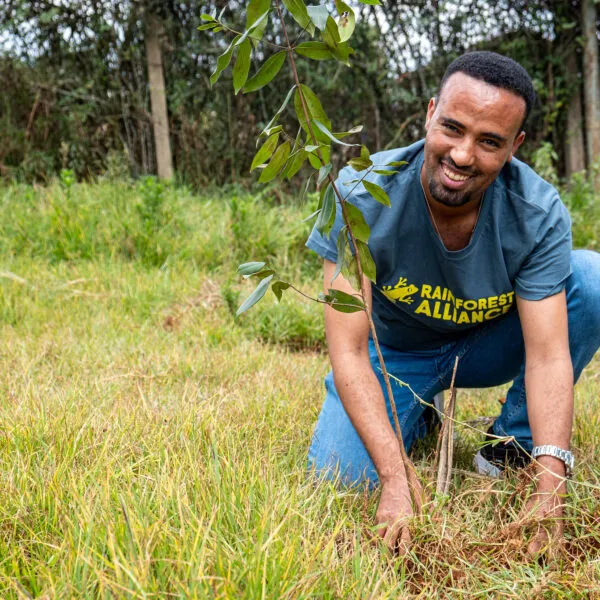Before you toss those wilted veggies and uninspiring leftovers in the trash, consider this: Every year, about 19 percent of all food produced worldwide is wasted. In the US, the figure grows to 30 to 40 percent!
Food waste squanders the water, energy, land, and labor that went into producing, processing, and transporting those ingredients—and it’s a huge contributor to climate change, too. As it rots in a landfill, food produces methane, a greenhouse gas that’s 25 times more potent than carbon dioxide. That means our collective food waste generates about 10 percent of global emissions.
Together, we’re building a future where people and nature thrive. Sign up today and join our movement.
"*" indicates required fields
Thankfully, the solution is in our hands. Here are five easy ways to reduce food waste and protect nature.
1. Plan ahead to leave less behind
Before heading to the supermarket, take stock of what you already have at home. Plan your menu for the week, including ingredients with multiple personalities—add half of that Rainforest Alliance Certified pineapple to a spicy curry today, and grill the rest tomorrow to serve with coconut ice cream. When dining out, be realistic about how much you’ll eat, or plan to take your leftovers home (in a reusable food container).
Bonus: Reducing food waste saves an average of US$370 per person per year. That’s good for the planet and your wallet.
2. “Best by” dates don’t mean what you think they mean
Checking expiration dates before you buy gives you more time to use up your groceries, helping to reduce the amount of food waste you create. But remember, “best by” dates don’t address food safety—they’re only there to indicate peak quality. (If a “use by” date has passed, however, proceed more carefully.) And don’t ignore those slightly bruised or misshapen fruits and veggies. Their appearance won’t matter if you’re adding them to a soup or pie, and stores often price them lower than their Insta-ready siblings.
3. The freezer is your friend
Buying frozen or freezing fresh ingredients at home lets you use what you need and save the rest. Got a little carried away at the farmers market? You can wash and blanch many veggies in boiling water for a minute or two, plunge them into an ice bath, drain and spread them out on a baking sheet, and pop it in the freezer. Once frozen, transfer them to a reusable pouch, where they’ll be waiting for your next stew. The same approach works with most fruits, minus the blanching.
4. Kitchen creativity can reduce food waste

Give your leftovers and scraps another lease on life. Are the cucumbers looking a little sad? Slice and pickle them in salt, vinegar, and a little Rainforest Alliance Certified chile. Boil those old carrots, celery sticks, and onions with the bones of a whole rotisserie chicken to make a great stock—or omit the bones if you prefer vegetable broth. What about those Rainforest Alliance Certified bananas whose skin has turned brown? Bake them into muffins or blend them with your preferred milk for a delicious smoothie. Give leftover greens and salad a second chance by stir-frying them with rice, garlic, soy sauce, and egg or tofu. Who doesn’t love a great comeback story?
5. Black gold in your mug and your garden
The cup of Rainforest Alliance Certified coffee that gave you life this morning can perform similar magic in your garden or local park. Compost the used coffee grounds with other organic materials—such as banana peels, leaves, and orange rinds—and you’ll transform them into “black gold,” natural fertilizer that enriches soil and decreases the need for watering. More than 30 percent of US trash could’ve been composted instead, keeping it out of landfills and reducing greenhouse gas emissions in the process.
The farmers of the world work hard to grow our food. Let’s honor that effort by avoiding food waste.




